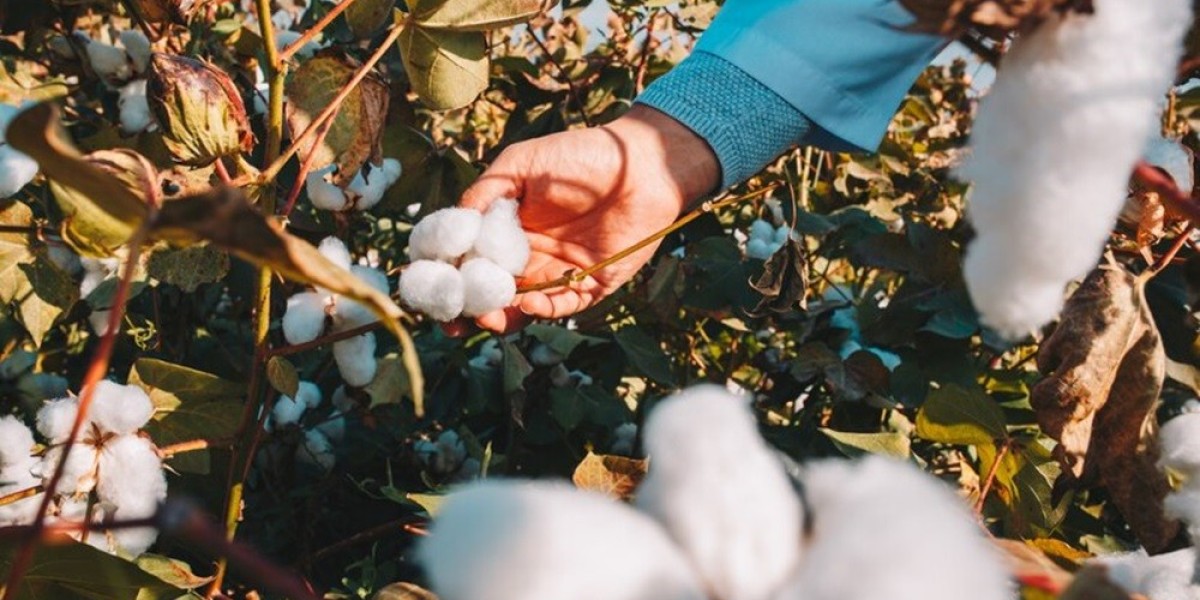Cotton is a vital cash crop for India and a significant contributor to its economy. The global demand for cotton plays a crucial role in shaping this commodity prices within India. Understanding the intricate dynamics of international demand is essential for stakeholders with the cotton prices to make informed decisions and develop effective strategies.
Factors Influencing Cotton Prices in India
Domestic Production
India is one of the largest producers of cotton globally, with a substantial domestic market catering to both domestic consumption and export needs. The quantity and quality of cotton produced domestically directly influence its availability and subsequently impact its prices. Factors such as weather conditions, agricultural practices, and government support programs can all affect domestic production levels.
International Demand Trends
The demand for cotton on the international market is subject to various factors, including economic conditions, fashion trends, and geopolitical events. For instance, economic growth in emerging markets can lead to increased demand for textiles, thereby driving up the demand for cotton. Similarly, shifts in consumer preferences towards sustainable and organic fabrics can influence international demand trends for cotton.
Exchange Rates
Exchange rate fluctuations can significantly impact the competitiveness of Indian cotton exports. A stronger Indian rupee relative to other currencies can make Indian cotton more expensive for international buyers, potentially reducing demand and exerting downward pressure on prices. Conversely, a weaker rupee can make Indian cotton more attractive to foreign buyers, potentially boosting demand and prices.
Government Policies
Government policies and regulations also play a significant role in shaping the cotton market in India. Subsidies, tariffs, and trade agreements can all impact both domestic production and international trade of cotton. For example, subsidies provided to cotton farmers can incentivize increased production, leading to higher supply levels and potentially lower prices. On the other hand, tariffs imposed on imported cotton can protect domestic producers but may also lead to higher prices for consumers.
Impact of International Demand on Indian Cotton Prices
The relationship between international demand and Indian cotton prices is complex and multifaceted.
Supply and Demand Dynamics
The interplay between supply and demand is the primary determinant of cotton prices in India. When international demand for cotton increases, it can lead to higher prices in the Indian market, especially if domestic production cannot keep pace with the rising demand. In such situations, Indian exporters may prioritize international markets, leading to reduced domestic supply and higher prices for local consumers. Conversely, a decrease in international demand can result in lower prices for Indian cotton, particularly if domestic production remains high.
Price Volatility
The cotton market is inherently prone to price volatility due to various factors such as weather patterns, geopolitical tensions, and changes in consumer preferences. Fluctuations in international demand can exacerbate this volatility, leading to uncertainty for both cotton producers and consumers. Price volatility can pose challenges for planning and budgeting, particularly for textile manufacturers who rely on stable input prices to remain competitive in the global market.
Strategies for Mitigating Price Fluctuations
To mitigate the impact of price fluctuations caused by changes in international demand, stakeholders in the Indian cotton industry can adopt various strategies.
Diversification of Export Markets
Reducing reliance on a single export market can help Indian cotton exporters mitigate the impact of fluctuations in international demand. By diversifying their export destinations, exporters can spread their risk and reduce their dependence on any one market. Exploring new markets and establishing trade relationships with diverse regions can provide stability to Indian cotton exporters, even in the face of shifting demand patterns.
Improving Domestic Production Efficiency
Investing in technology and agricultural practices to enhance domestic cotton production efficiency can help Indian farmers remain competitive in the global market. By increasing productivity and reducing production costs, farmers can better withstand periods of low international demand and price volatility. Techniques such as precision agriculture, crop rotation, and water management can all contribute to improving domestic production efficiency and resilience.
Hedging Techniques
Utilizing hedging instruments such as futures contracts can help cotton producers and traders manage price risks associated with fluctuations in international demand. Futures contracts allow stakeholders to lock in prices for future delivery, thereby protecting themselves from adverse market movements. By hedging against price volatility, cotton producers and traders can better plan their operations and mitigate the financial impact of unpredictable market conditions.
Conclusion
The international demand for cotton significantly influences its prices in India, impacting the livelihoods of millions involved in the cotton value chain. By understanding the factors driving international demand and implementing strategies to mitigate price fluctuations, stakeholders in the Indian cotton industry can navigate the challenges posed by a dynamic global market and ensure the long-term sustainability of the sector.
FAQs
1. How does international demand affect Indian cotton farmers?
International demand directly impacts cotton prices, affecting the profitability of Indian cotton farmers. Higher demand can lead to increased prices, while lower demand may result in reduced incomes for farmers.
2. What role do government policies play in managing cotton prices in India?
Government policies, such as subsidies and trade agreements, can influence both domestic production and international demand for Indian cotton. Changes in these policies can have significant effects on cotton prices.
3. Why is price volatility a concern for stakeholders in the Indian cotton industry?
Price volatility makes planning and budgeting challenging for cotton producers and textile manufacturers. Fluctuations in prices can affect profitability and long-term sustainability.
4. How can Indian cotton exporters adapt to changes in international demand?
Diversifying export markets, improving domestic production efficiency, and utilizing hedging techniques are some strategies that Indian cotton exporters can employ to mitigate the impact of changes in international demand.
5. What are the long-term implications of international demand fluctuations on the Indian cotton industry?
Continued fluctuations in international demand can disrupt the stability of the Indian cotton market, impacting the livelihoods of millions of people involved in cotton cultivation, trade, and manufacturing.
To Get Real-Time Price of CBOT Cotton Visit: https://pricevision.ai
Source: https://diigo.com/0vxml9








